The Prime Minister has directed the State Bank to urgently consider removing the credit room, in order to improve the efficiency of capital supply for the economy . This will replace administrative tools with a set of criteria for credit safety control. Banks will be able to be more proactive in allocating capital, promoting sustainable development. This new policy promises to bring many benefits to businesses and the economy.
Find out the causes and the most effective way to overcome the situation of leaving credit room
According to the State Bank of Vietnam, by the end of June 2025, the total outstanding debt of the entire system reached over VND 16.9 million billion, an increase of 8.3% compared to the end of 2024. The credit structure is assessed as appropriate, meeting the borrowing needs of people and businesses. Some experts assess that credit is growing in the right direction, forecasting that it will accelerate in the last months of the year thanks to the peak business season and stable interest rates. Therefore, the State Bank's decision to abolish credit room in the coming time is considered appropriate.
Senior leaders of the Vietnam Joint Stock Commercial Bank for Industry and Trade ( VietinBank ) shared that in the past, the annual credit room allocation at a certain rate sometimes led to the situation of not using up the full limit.
In the last months of the year, banks sometimes have to find ways to "persuade" customers to borrow more to meet their targets, thereby ensuring that the State Bank of Vietnam grants credit room the following year equal to or higher than the previous year. Therefore, eliminating credit room will overcome the situation of uneven room usage, when some banks have "run out of room" early and cannot continue lending, while other banks do not use up their quotas.
If there is no more credit room, banks will base on their financial capacity, risk management ability and business strategy to decide on the scale and growth rate of outstanding loans. Thanks to that, capital can quickly flow into areas with high demand and great growth potential such as manufacturing, export, high-tech agriculture , clean energy, infrastructure, etc.
"Commercial banks cannot chase after achievements to increase credit growth excessively because the State Bank still closely monitors the outstanding loans of each bank. If any bank has "hot" credit growth, the management agency will take measures to cool it down to ensure operational safety and avoid risks spreading to the entire system," emphasized the leader of VietinBank.
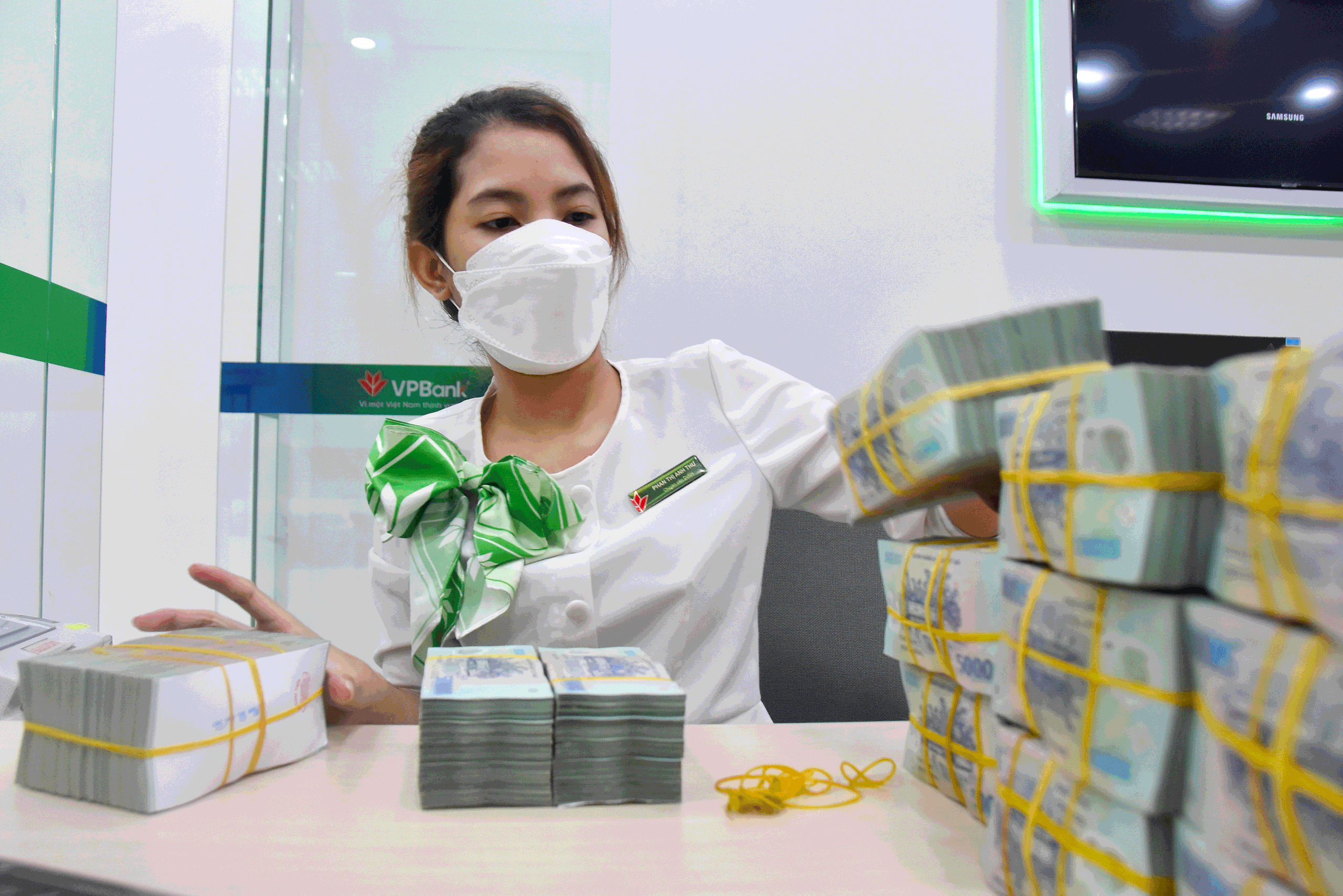
Removing the credit room, lending activities will become more flexible, capital supply and demand will be naturally regulated; capital will circulate faster, meeting investment and production needs. Photo: TAN THANH
Must be closely monitored
Dr. Le Dat Chi, Head of the Finance Department - Ho Chi Minh City University of Economics, said that eliminating the credit room mechanism will significantly reduce administrative procedures for granting and adjusting credit rooms, saving time and resources for both the State Bank and commercial banks. At that time, credit activities will become more flexible, capital supply and demand will be naturally regulated, capital will circulate faster, meeting investment and production needs.
"This will support economic growth drivers, with GDP expected to increase by about 8% in 2025. However, when credit is more liberal, banks are forced to improve their project appraisal capacity, risk management, and credit quality control to avoid bad debt.
"The State Bank will then focus on indirect tools such as interest rates and required reserve ratios to control total credit, instead of directly intervening in each bank," Mr. Chi said, noting that the State Bank needs to closely monitor to avoid credit "flowing" into high-risk areas such as real estate and securities.
However, some experts believe that the elimination of the credit room should be done in a cautious manner. Dr. Le Duy Binh, CEO of Economica Vietnam, said that the credit room is essentially a "valve" to control money supply. If it is eliminated completely when the capital market has not developed synchronously, the risk of excessive credit growth may recur.
He cited the credit balance/GDP ratio of Vietnam at about 134%, which is very high compared to the region and the world. "When credit increases many times faster than GDP, it will lead to a decline in credit quality, an increase in bad debt, and potential risks for the banking system as well as the economy," he analyzed.
At the recent National Assembly forum, State Bank Governor Nguyen Thi Hong also pointed out the current situation of domestic capital sources still being heavily dependent on the banking system. The outstanding credit/GDP ratio at the end of 2024 had reached 134%, if it continues to increase, it will pose risks to the banking system and cause consequences for the economy, making it difficult to achieve the goal of both high and sustainable economic growth.
In fact, the lesson of hot credit growth in the period of 2007 - 2010 leading to high inflation is still a concern. Without an effective credit control mechanism, the market could witness a new interest rate race when banks increase mobilization and lending at all costs, raising mobilization interest rates to 13% - 14%/year and lending to 18% - 20%/year.
Associate Professor Dr. Nguyen Huu Huan, Ho Chi Minh City University of Economics, said that credit management by limit has been maintained for 14 years, and should be considered for abandonment because it is no longer suitable. However, Vietnam's current monetary policy aims at multiple goals - promoting economic growth, stabilizing exchange rates and controlling inflation. Meanwhile, in the US, Europe, etc., economic growth mainly uses fiscal policy, while monetary policy focuses on controlling inflation.
"If the room is removed at this time, the State Bank needs to apply quantitative models, use data, and apply artificial intelligence to analyze and manage to avoid shocks to the economy like in 2008 - inflation increased sharply due to excessive credit easing" - Associate Professor Huan said.
Credit must be appropriate to GDP size
Experts emphasize that if the credit room is removed, the State Bank needs to flexibly manage other tools such as the required reserve ratio, interest rates, refinancing, exchange rates, etc. to both meet capital needs and keep inflation under control. "The management agency needs to ensure that total outstanding credit increases in line with the GDP scale and annual economic growth rate, while improving credit quality and ensuring the banking system operates safely," emphasized Dr. Le Duy Binh.
Source: https://nld.com.vn/bo-room-tin-dung-co-hoi-kem-thach-thuc-196250707214637569.htm



![[Photo] The first meeting of the Cooperation Committee between the National Assembly of Vietnam and the National People's Congress of China](https://vphoto.vietnam.vn/thumb/1200x675/vietnam/resource/IMAGE/2025/8/31/f5ed4def2e8f48e1a69b31464d355e12)


![[Photo] General Secretary To Lam receives Chairman of the National People's Congress of China Zhao Leji](https://vphoto.vietnam.vn/thumb/1200x675/vietnam/resource/IMAGE/2025/8/31/5af9b8d4ba2143348afe1c7ce6b7fa04)
![[Photo] National Assembly Chairman Tran Thanh Man welcomes and holds talks with Chairman of the National People's Congress of China Zhao Leji](https://vphoto.vietnam.vn/thumb/1200x675/vietnam/resource/IMAGE/2025/8/31/9fa5b4d3f67d450682c03d35cabba711)
![[Photo] Marching together in the hearts of the people](https://vphoto.vietnam.vn/thumb/1200x675/vietnam/resource/IMAGE/2025/8/31/8b778f9202e54a60919734e6f1d938c3)


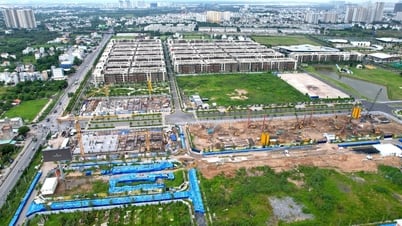
















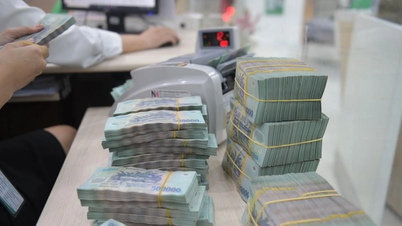
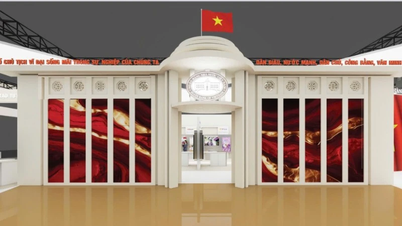

















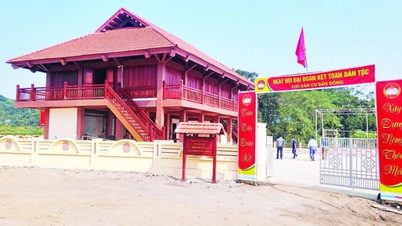






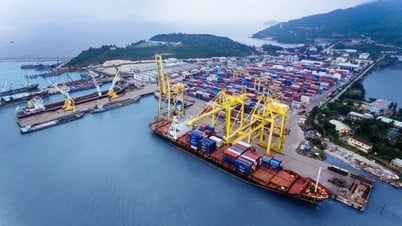













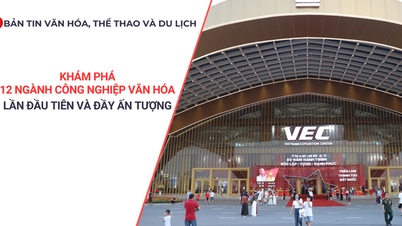
















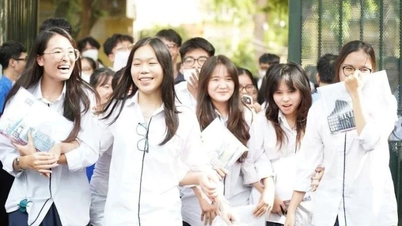







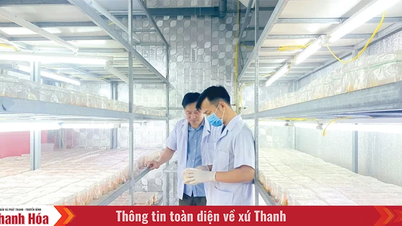






Comment (0)